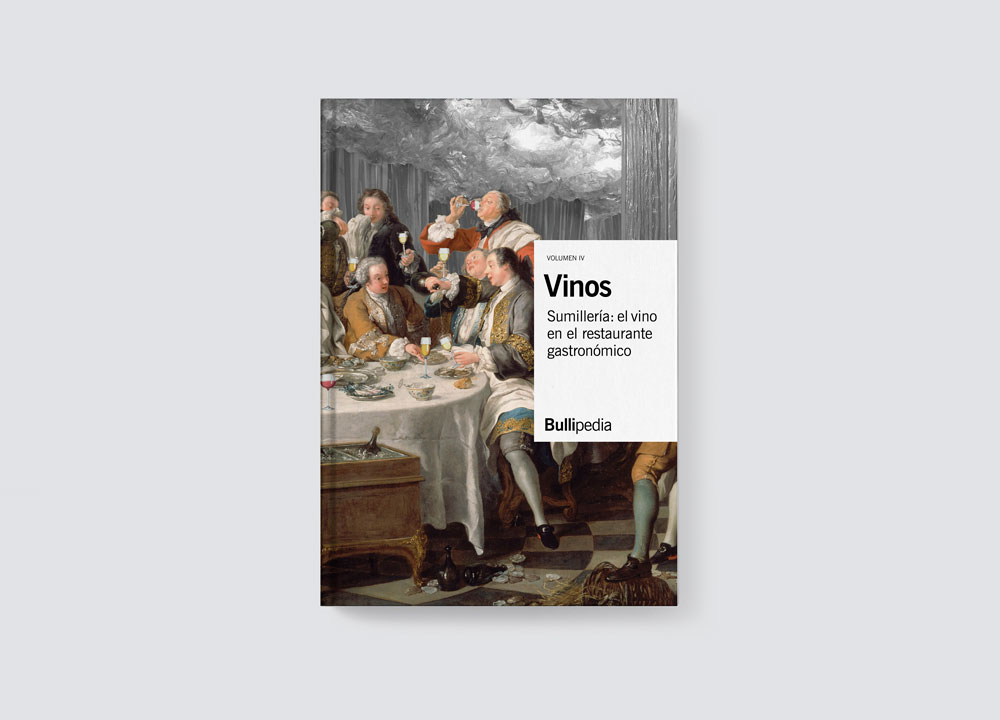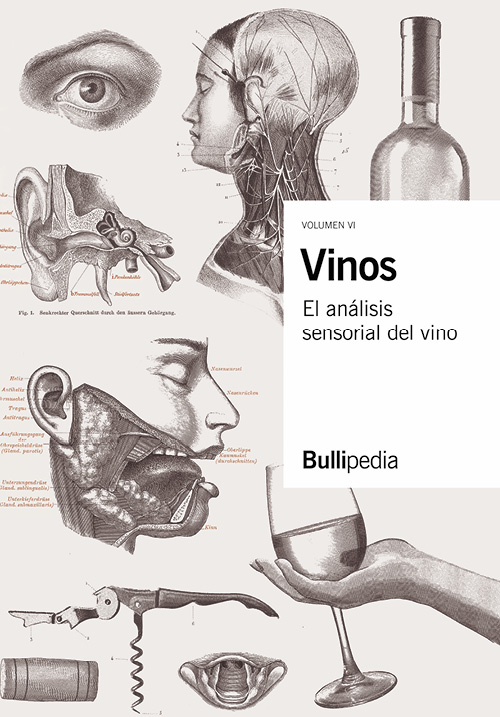Vinos. Sumillería: el vino en el restaurante gastronómico (Volumen IV)
Wines. Sommellerie: wine in the fine-dining restaurant (Volume IV)
This, the fourth volume of Wine Sapiens, is perhaps the most eagerly anticipated work in the series given that it focuses exclusively on a discipline with a limited bibliography, the work of sommeliers within the context of a restaurant.
The perspective of the work is contemporary and open-minded, repositioning the profession of sommelier closer to the world of art, science and business.
A stimulating and pioneering exploration of the sommelier’s functions, addressing many aspects from business and sales, innovation, psychology, the technology of wine service, to food and wine pairing. Accompanied throughout by some of the most renowned sommeliers, who contribute their personal vision and depth of knowledge.
648 pages long
230 x 330 mm
Hard cover
ISBAN: 978-84-09-23850-7
Click here if you want to be notified of new stock availability
COMPLETE THE WINE SERIES ...

Sommeliership is the subject matter of this fourth volume of Wine Sapiens, a work eagerly anticipated for a couple of reasons. Firstly, the work addresses a theme with a limited amount of literature available. Secondly, by applying the Sapiens Method to this research, we can approach the subject from a modern, holistic perspective allowing us to re-evaluate the status quo. This is not a minor issue, because disciplines such as the profession of sommelier, which have a static and traditional character, benefit greatly from a shake up and wholesale reappraisal. Proposing paradigm changes is a complex task requiring a large and varied team that combines specialists in science, business, philosophy, psychology and, of course, the world of sommeliership.
In the past, it was believed that only those working in a fine dining restaurant could be called sommeliers. Clearly, this association still has resonance given that the figure of the sommelier and the interior of the restaurant are inseparable.
Nowadays, however, the sommelier has crossed into other areas linked to the hospitality industry, working in commercial and consultancy sectors, in journalism, etc. It has extended its scope for the benefit of all wine lovers. In consequence, it is no longer a strange or unusual sounding profession.
On a daily basis, a sommelier needs to perform different basic functions. Some of these require a great deal of knowledge of wines. After all, how can one recommend wines without understanding them well. However, there are other functions that have less to do with wine; sommeliers need to know how to manage a business to ensure that it becomes profitable; they must understand and be sensitive to customers at a psychological level, thereby selecting the ideal wine in each situation; they must be precise in the mise-en-place to avoid mishaps and to offer excellence during service.
In this volume we explore in detail the techniques and serving tools of the sommelier. They are detailed in both operational and scientific perspectives. This study of the sciences of the profession is, in fact, one of the most important sections of the book.
Sommeliers must also be good salespersons, understanding that the “best sale” is the one that most satisfies the customer. An extensive chapter dealing with this subject addresses the rhetoric of seduction, on the one hand, but also the economics of selling.
The most artistic and gastronomic function of the sommelier is clearly that of food and drink pairing, a discipline which makes the most of the synergies between the two. This volume offers a detailed chapter on pairing harmonies and presents a new classification for the sommelier’s use.
Finally, the book ends with a chapter dedicated to innovation and creativity within the world of the sommelier showing, quite clearly, that creativity is not a field solely reserved for the kitchen.
In this section is a short summary of each chapter of the book
Download in PDF
CHAPTER 1
WHAT IS SOMMELIERSHIP?
Continue reading >

CHAPTER 2
WHAT IS A FINE DINING GASTRONOMIC RESTAURANT?
Continue reading >

CHAPTER 3
THE RESTAURANT AS AN ENTERPRISE
Continue reading >

CHAPTER 4
THE PERSONALITY AND PROFESSIONAL CULTURE OF THE SOMMELIER
Continue reading >

CHAPTER 5
THE MISE EN PLACE
Continue reading >

CHAPTER 6
WINE SERVICE IN THE RESTAURANT
Continue reading >

CHAPTER 7
THE SALE OF WINE IN THE RESTAURANT
Continue reading >

CHAPTER 8
FOOD AND WINE PAIRING IN THE RESTAURANT
Continue reading >

CHAPTER 9
THE TECHNOLOGY OF SERVICE IN SOMMELIERSHIP
Continue reading >

CHAPTER 10
THE TOOLS OF THE SOMMELIER
Continue reading >

CHAPTER 11
WINE INNOVATION IN THE RESTAURANT
Continue reading >



































